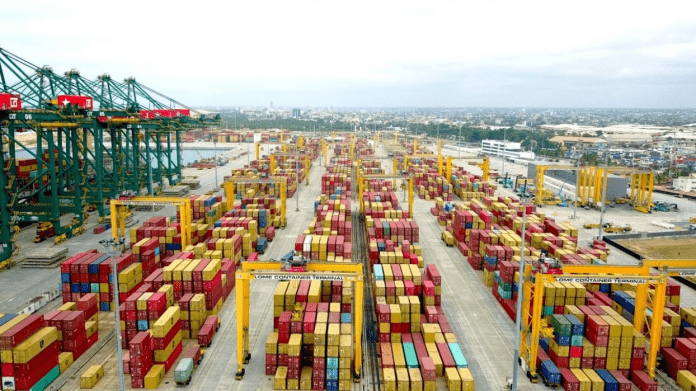The recovery of the global economy is threatened by high freight prices, which are likely to continue in the coming months, according to UNCTAD’s ”Review of Maritime Transport 2021” published on 18 November.
UNCTAD’s analysis shows that if the current surge in container freight rates remains, global import price levels and consumer price levels could increase by 11% and 1.5%, respectively, between now and 2023.
Additionally, the impact of the high freight charges will be greater in small island developing states (SIDS), which could see import prices increase by 24% and consumer prices by 7.5%. In least developed countries (LDCs), consumer price levels could increase by 2.2%, reports UNCTAD.
Supply chains will be affected by higher maritime trade costs with low-value-added items produced in smaller economies, in particular, possibly facing serious erosion of their comparative advantages.
Meanwhile, concerns abound that the sustained higher shipping costs will not only weigh on exports and imports but could also undermine a recovery in global manufacturing.
The report says sustained high rates are already affecting global supply chains, noting that Europe, for example, has been facing shortages of consumer goods imported from Asia such as home furnishings, bicycles, sports goods and toys.
According to the report, a surge in container freight rates will add to production costs, which can raise consumer prices and slow national economies, particularly in SIDS and LDCs, where consumption and production highly depend on trade.
The high rates will also impact on low-value-added items such as furniture, textiles, clothing and leather products, whose production is often fragmented across low-wage economies well away from major consumer markets; the UNCTAD predicts consumer price increases of 10.2% on these.
The analysis further predicts a 9.4% increase in rubber and plastic products, a 7.5% increase for pharmaceutical products and electrical equipment, 6.9% for motor vehicles and 6.4% for machinery and equipment.
UNCTAD urges countries to consider a portfolio of measures that span hard and soft infrastructure and services. Improving the quality of port infrastructure would reduce world average maritime transport costs by 4.1%, while costs would be reduced by 3.7% by better trade facilitation measures and by 4.4% by improved liner shipping connectivity.
The UN body calls on governments to monitor markets to ensure a fair, transparent and competitive commercial environment and recommends more data sharing and stronger collaboration between stakeholders in the maritime supply chain.







